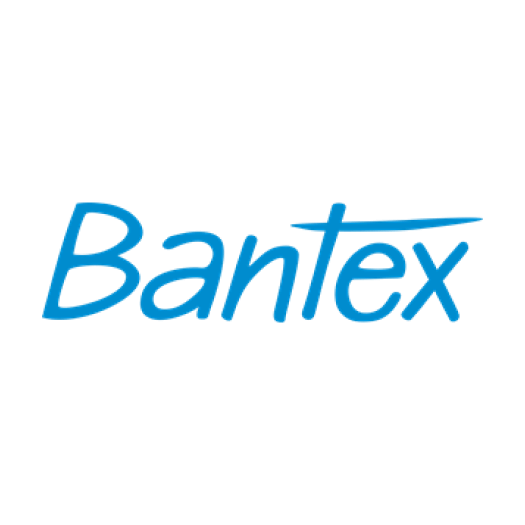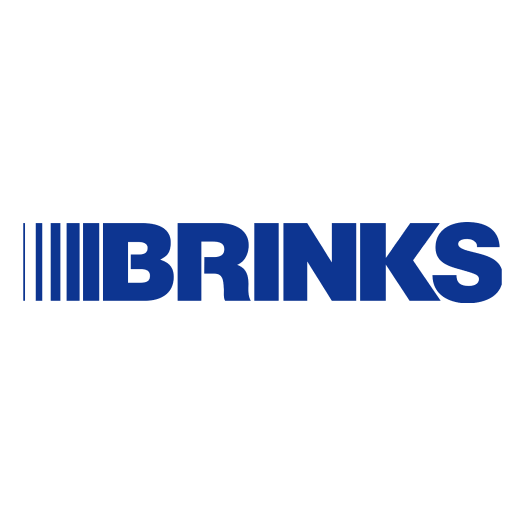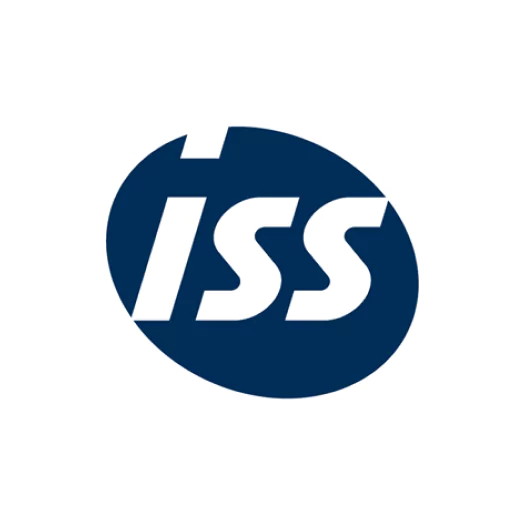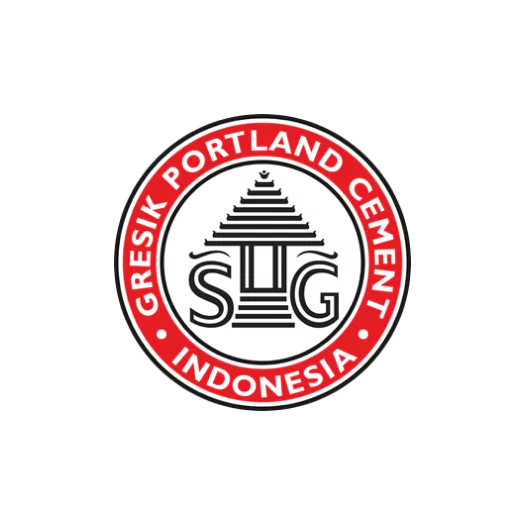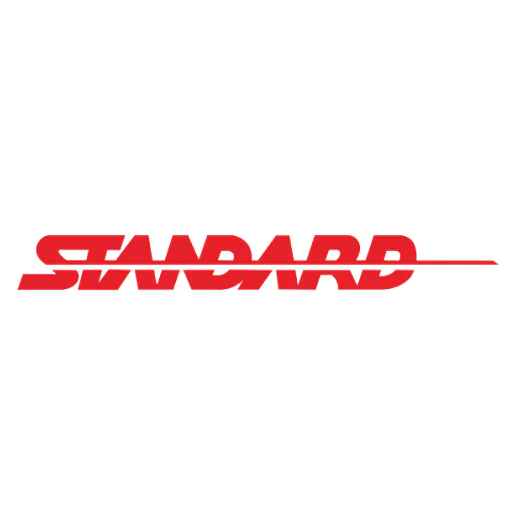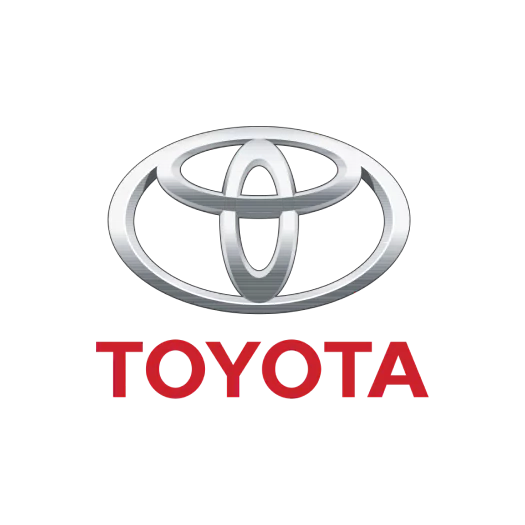You may not fully appreciate the impact of workforce management until you see the numbers for yourself. Consider the benefits—lower absenteeism, streamlined operations, and a more motivated, productive team. This is the kind of transformation businesses strive for, and it’s entirely achievable.
What if you could make this a reality? With an effective workforce management system, you can reduce absenteeism by 20%, enhance efficiency, and foster a more engaged workforce. It’s a strategic approach to optimizing operations and maintaining a competitive edge in today’s dynamic market.
Sa artikulong ito, tatalakayin natin ang mga pangunahing kaalaman sa workforce management, ang kahalagahan nito, at kung paano ito makapagbibigay ng konkretong resulta para sa iyong negosyo.
Table of Contents

Key Takeaways
|
What is a Workforce Management System?
A workforce management system is a comprehensive set of tools and processes designed to help businesses plan, oversee, and track employee activities, including timekeeping, scheduling, and compliance with labor regulations.
Beyond managing daily operations, modern workforce management solutions also address evolving employee expectations, work-life balance, and overall well-being, fostering greater engagement and job satisfaction.
Moreover, effective workforce management helps employers allocate resources efficiently and comply with changing workplace regulations. It also enables businesses to anticipate potential challenges, implement proactive strategies, and enhance productivity while reducing operational risks.
Essential Elements of a Workforce Management System
A workforce management system consists of several essential components that help businesses effectively oversee their workforce while enhancing the overall employee experience. These include time and attendance tracking, shift scheduling, labour law compliance, and performance management.
Beyond optimizing operations, a well-structured system ensures employees have a seamless and fair work experience, promoting engagement and productivity. By integrating these key elements, businesses can create a more efficient, compliant, and employee-centric work environment.
1. Time and attendance management
GPS tracking and facial recognition help verify employees’ locations, reducing the risk of fraudulent check-ins. This approach enhances accuracy and simplifies attendance management, making the process more efficient and reliable for everyone.
2. Employee scheduling and management
Flexible scheduling solutions make shift management more straightforward. Whether using fixed or rotating schedules, businesses can create work plans that balance operational needs with employee well-being, saving time and improving overall efficiency.
3. Payroll and compensation management
Automating wage calculations for hourly and daily employees reduces manual workload. Generating paystubs directly from timesheet data enhances payroll accuracy and streamlines the entire process.
4. Task management and approvals
Assigning tasks and utilizing automated follow-up notifications speed up the approval process. This minimizes the need for constant manual oversight, ensuring projects stay on track.
5. Talent and performance management
Tracking employee performance through key performance indicators (KPIs) provides valuable insights into their progress. Using structured evaluation methods helps identify top performers and those needing additional support, strengthening overall talent management.
6. Competency gap analysis and skill matching
Identifying skill gaps makes aligning employees with the right job roles easier. This ensures that team members are well-positioned for growth and success, improving individual and team performance.
Benefits of Workforce Management
Research indicates that effective workforce management leads to measurable improvements in key business metrics. Studies have shown notable employee engagement, productivity, and overall performance increases.
In the following sections, we will explore these key benefits, supported by data demonstrating the positive impact of workforce management software.
- Higher employee engagement: Organizations that implement effective performance management systems see an 18% increase in employee engagement. Clear performance goals and regular feedback help employees feel more connected and motivated in their roles.
- Boosted productivity: Proper use of performance management systems leads to a 15% improvement in productivity. Setting clear expectations and conducting regular evaluations allow employees to focus on key objectives.
- More substantial leadership involvement: Companies with active leadership participation in performance management have a 20% higher success rate. When leaders are engaged, performance metrics align more effectively with business objectives.
- Enhanced overall performance: Businesses that adopt structured performance measurement report a 12% increase in overall performance. Tracking progress against goals helps identify and address challenges early.
- Greater employee satisfaction: Organizations with well-defined performance metrics experience 25% higher employee satisfaction. Transparent and fair evaluations give employees a sense of accomplishment and purpose.
- Lower turnover rates: Effective performance management systems can reduce employee turnover by 10%. When employees understand how their performance is assessed and how it contributes to company success, they are more likely to remain with the organization.
Disadvantages of Doing Manual Workforce Management
Every company faces unique challenges, and your workforce management system should be designed to address them effectively. Some of the most common workforce management issues include:
1. Time tracking
Accurate time monitoring is essential for all employees, yet many companies struggle with outdated or disconnected time and labour systems that do not integrate with their master HR system. These inefficiencies can lead to costly payroll errors, excessive administrative work, and compliance risks.
Incorrect paychecks not only affect employee morale but can also expose businesses to legal issues and reputational damage.
2. Managing represented employees
Handling represented employees can be complex due to their higher salaries, benefits, and detailed contract provisions related to seniority, tenure, and pay entitlements.
Without a robust workforce management system, organizations may find it difficult to stay compliant and manage these regulations effectively.
3. Absence management
Without a reliable attendance management system, businesses may face increased costs, compliance risks, and reduced productivity.
Managing absence policies across multiple locations with varying labour regulations can be challenging, making it crucial for companies to have a system that ensures consistency and efficiency.
4. Reporting health and safety issues
Many businesses struggle to receive timely reports of workplace hazards and safety incidents. Complicated reporting procedures or difficult-to-use tools may discourage employees from reporting near-misses or unsafe conditions.
Integrating these processes within an HRIS system can help streamline reporting, ensuring a safer work environment.
Key Factors to Evaluate Before Selecting a Workforce Management System

To ensure the successful implementation of workforce management solutions, organizations should follow these best practices:
- Employee training and support: Proper training is essential to ensure employees can effectively use the workforce management system. Clear guidance and ongoing support help employees adapt to the new tools, reducing resistance to change and improving overall adoption.
- Customization and scalability: Select a workforce management system that can be customized to fit your organization’s specific needs and is flexible enough to grow with your business. The system should seamlessly adapt to workflow changes, workforce size, and regulatory requirements.
- Data security and privacy: Strong security measures are essential since workforce management systems handle sensitive employee data. Ensure the system complies with data privacy regulations and includes encryption, access controls, and regular security audits to safeguard information.
- Analytics and reporting: A workforce management system should provide advanced analytics and reporting capabilities. These features enable organizations to analyze workforce trends, forecast staffing needs, and make data-driven decisions to enhance efficiency and productivity.
- Change management: Adopting a new system can be a complex process. A well-structured change management strategy, including clear communication, comprehensive training, and addressing employee concerns helps facilitate a smooth transition and ensures successful implementation.
Enhance Workforce Productivity with the HashMicro HR System
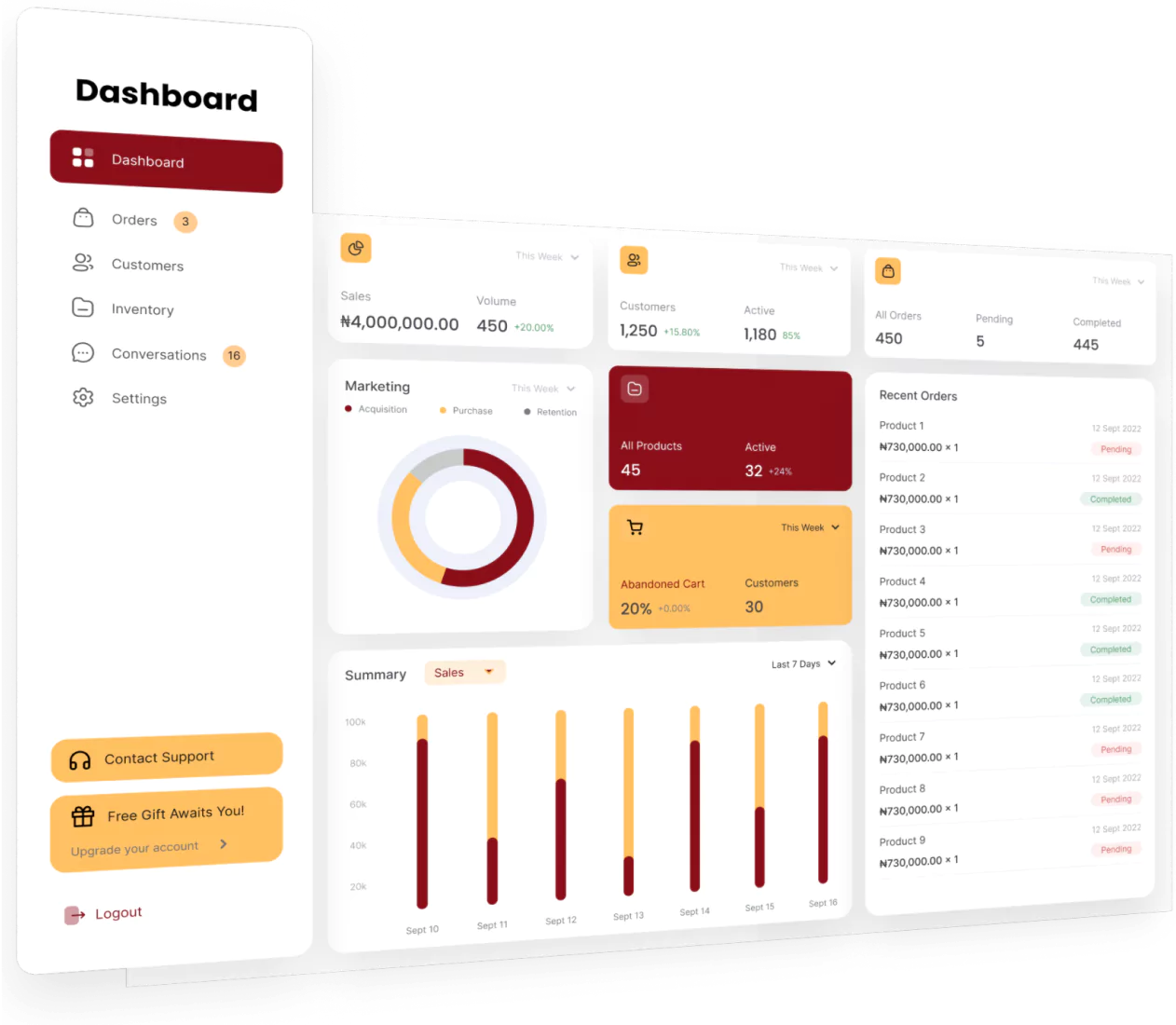
Workforce management doesn’t have to be complicated. With HashMicro’s HR system, you can automate repetitive tasks and focus on what truly matters to your business and your employees.
HashMicro provides comprehensive features designed to streamline HR management, from GPS and facial recognition for attendance tracking to flexible scheduling options that accommodate everyone’s needs.
The company also offers a free software demo, allowing businesses to explore its full capabilities without any commitment.
Discover how HashMicro can enhance workforce management efficiency by exploring its key features below.
- Facial recognition and GPS-based attendance with fraud prevention: This feature ensures accurate employee attendance tracking while minimizing fraudulent check-ins, making it especially valuable for managing large or remote teams.
- Roster and dynamic work schedule management: Flexible scheduling is essential for handling shift-based or fluctuating work hours, optimizing workforce allocation, and maintaining productivity.
- Payroll management for hourly and daily workers: Automating payroll processing for hourly and daily employees reduces errors, minimizes administrative workload, and ensures timely and accurate payments.
- Talent management with KPI monitoring: Tracking employee performance through key performance indicators (KPIs) helps align individual and team goals with company objectives, driving overall growth and efficiency.
- Comprehensive performance assessment using the nine-box matrix: A structured evaluation of employees’ performance and potential supports strategic decisions in hiring, training, and talent development.
- Employee development & training plan with e-learning integration: Aligning training programs with performance reviews ensures employees receive relevant skill development, keeping them up to date and enhancing career growth.

Conclusion
Workforce management is an essential aspect of running a successful business. Companies that implement an effective workforce management system can enjoy better resource allocation, improved compliance, and higher employee engagement.
HashMicro HR software offers a complete solution for businesses in Singapore looking to streamline and automate their HR processes. Features like GPS and facial recognition for attendance tracking, flexible scheduling, and automated payroll will enhance the efficiency of your HR operations.
HashMicro goes beyond just managing the basics; it enables businesses to focus on growth by improving performance tracking and supporting employee development.
Interested in exploring more benefits of HashMicro HR software? Try the free demo today!

FAQ Workforce Management
-
Why is workforce management important?
A workforce management system helps businesses automate and streamline their processes and get insights into their operations and relevant metrics. It manages tasks, schedules work hours, controls costs, increases productivity, and measures output.
-
What is the main responsibility of the workforce management team?
The team is focused on balancing efficiency in operations, cost-efficiency and satisfaction of employees by reducing downtime, overstaffing or understaffing. They also study data to increase productivity, decrease absenteeism, and make sure that they are in the compliance of labor laws and company policy.
-
What are the responsibilities of management to employees?
The role of management is to: Support and guide employees. Develop a plan of action to address and deal with any potential workplace hazard, including workplace violence. Ensure employees are trained in proper procedures.
{
“@context”: “https://schema.org”,
“@type”: “FAQPage”,
“mainEntity”: [{
“@type”: “Question”,
“name”: “Why is workforce management important?”,
“acceptedAnswer”: {
“@type”: “Answer”,
“text”: “A workforce management system helps businesses automate and streamline their processes and get insights into their operations and relevant metrics. It manages tasks, schedules work hours, controls costs, increases productivity, and measures output.”
}
},{
“@type”: “Question”,
“name”: “What is the main responsibility of the workforce management team?”,
“acceptedAnswer”: {
“@type”: “Answer”,
“text”: “The team is focused on balancing efficiency in operations, cost-efficiency and satisfaction of employees by reducing downtime, overstaffing or understaffing. They also study data to increase productivity, decrease absenteeism, and make sure that they are in the compliance of labor laws and company policy.”
}
},{
“@type”: “Question”,
“name”: “What are the responsibilities of management to employees?”,
“acceptedAnswer”: {
“@type”: “Answer”,
“text”: “The role of management is to: Support and guide employees. Develop a plan of action to address and deal with any potential workplace hazard, including workplace violence. Ensure employees are trained in proper procedures.”
}
}]
}





